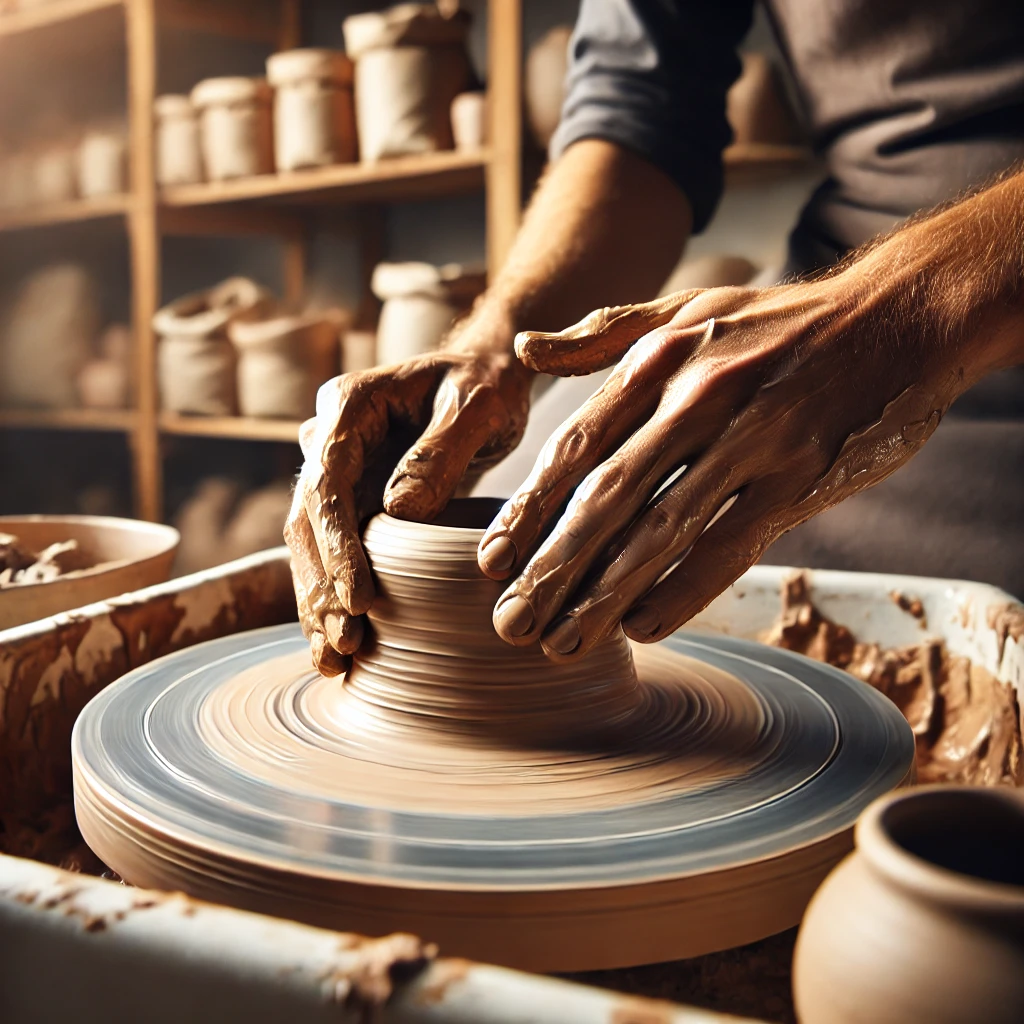
How to Use a Pottery Wheel: A Beginner’s Guide to Throwing Clay
Ever dreamt of spinning clay like a pro but ended up with a wobbly pancake? Don’t worry—Beginner Pottery Wheels are made for exactly that. Learning the pottery wheel is all about practice! The short answer: centre the clay, shape it with steady hands, and embrace the mess. Stick around for beginner-friendly tips, troubleshooting, and secrets to smooth, sturdy creations!
How to Use a Pottery Wheel: A Beginner's Guide
Ever dreamt of spinning clay into a masterpiece, only to end up with a wobbly mess? Don't worry—we’ve all been there! Learning the pottery wheel is all about patience, practice, and embracing the mess.
In this guide, we’ll walk you through everything you need to know, from setting up your workspace to troubleshooting common mistakes. By the end, you’ll be well on your way to crafting beautiful, balanced pottery.
Understanding Your Pottery Wheel
Before you dive in, it helps to understand the tool you'll be working with. Not all pottery wheels are the same, and choosing the right one can make a big difference.
Types of Pottery Wheels (Electric vs. Kick)
Pottery wheels generally fall into two categories: electric and kick wheels. Each has its advantages, depending on your preference and workspace.
Electric Wheel Advantages
✔ Beginner-friendly – Speed control helps with precision.
✔ Less physical effort – Ideal if you plan to throw for long periods.
✔ Compact design – Great for small studios or home use.
Kick Wheel Advantages
✔ No electricity required – Perfect for outdoor or eco-conscious potters.
✔ Full speed control – No motors, just the power of your leg.
✔ Great for meditative throwing – Encourages a slower, more mindful approach.
|
Feature |
Electric Wheel |
Kick Wheel |
|
Power Source |
Electric motor |
Manual (foot-powered) |
|
Ease of Use |
Easier for beginners |
Requires more skill |
|
Speed Control |
Adjustable with a pedal |
Controlled by leg movement |
|
Space Requirement |
Compact |
Can be larger and heavier |
|
Maintenance |
Requires occasional repairs |
Minimal maintenance |
Essential Wheel Components
Regardless of which type you choose, all pottery wheels have key parts that play an essential role in your success.
Wheel Head
The flat, spinning surface where you place your clay. Look for one with bat pins, which allow you to switch projects easily.
Splash Pan
A detachable tray that catches excess water and clay, keeping your workspace clean. Always remove and wash it after throwing.
Foot Pedal/Speed Control
For electric wheels, this controls your speed. Kick wheels rely on manual effort instead, requiring a steady rhythm.
Preparing for Your First Throw
Before you start, make sure your workspace and materials are properly set up. A little preparation goes a long way!
Clay Preparation
Your clay needs to be in the right condition before it touches the wheel. You can browse clay options to suit your projects.
Wedging the Clay
Think of wedging like kneading dough—it removes air bubbles and ensures a smooth consistency. Skipping this step can lead to cracks or uneven throwing.
...
Final Thoughts
Using a pottery wheel is an exciting, hands-on craft that gets easier with practice. Start with simple forms, embrace the learning curve, and soon you'll be creating stunning ceramic pieces.
Now, go get your hands dirty—your next masterpiece is waiting!

